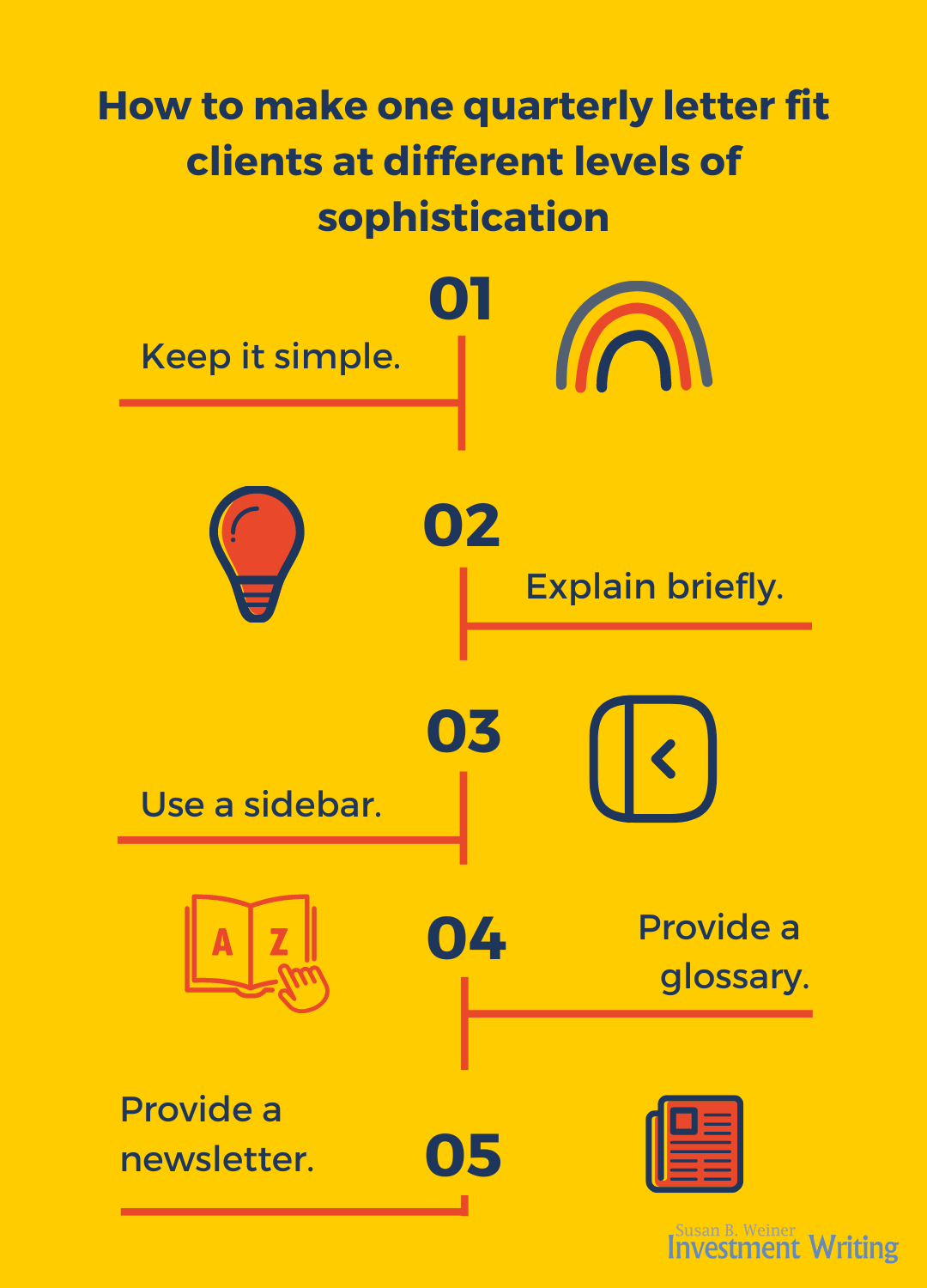Too many of your clients are over-invested in traditional fixed income, in the opinion of William Eigen, JPMorgan Asset Management’s director of absolute return strategies and portfolio manager of the JPM Strategic Income Opportunities Fund. He made a case for using fixed income funds that can go short and use synthetic financial instruments during his presentation to the Boston Security Analysts Society on March 15.
Why bond funds haven’t changed
Fixed income funds really haven’t changed in 30 years, said Eigen. Their managers still basically rely on changes on interest rates to make money. In contrast, he said, managers of equities have driven the development of hedge funds.
Fixed income hasn’t evolved because interest rates have been falling for 30 years, said Eigen. In other words, with falling rates driving capital appreciation, there was no need for new techniques.
Can you imagine, Eigen asked, what would have happened to stock funds if the Standard & Poor’s 500 had gone straight up for thirty years? Clearly he believes this would have stifled innovation in the management of stocks. Instead, the stock market’s ups and downs spurred creativity.
The need to protect your clients’ capital
Traditional fixed income performed more or less okay for thirty years, with some rocky years here and there. But the interest-rate decline that drove bonds’ long-term positive performance will end. “I’m nervous with short rates at zero,” said Eigen, “yet investors are still piling in.”
Indeed, Eigen managed traditional bond funds during his 12-year career at Fidelity Investments. He left because he felt he couldn’t protect his investors’ capital adequately under the limitations of traditional bond investing. “I won’t be held prisoner to duration,” said Eigen. He wanted to be able to short-sell and put on relative value trades using synthetic instruments.
It’s important to earn positive returns in fixed income by taking advantages of factors other than falling interest rates. If not, asked Eigen, what happens when a long-term trend of rising interest rates takes hold? If you’re familiar with concept of duration, you know that bond prices fall when interest rates rise. Another negative: With interest rates at historic lows, there’s no “coupon cushion” of attractive interest rates to ease the pain of bond investors.
It’s easy to see the appeal of short-selling bonds in a rising interest-rate scenario. Investors would profit by essentially betting on bond prices’ decline.
Now Eigen can take advantage of short-selling as manager of the JPM Strategic Income Opportunities Fund, a long-short relative value fund that does not use leverage. The fund can use synthetic instruments. It can also hold cash because Eigen’s top priority is not to lose money. That’s a challenge for which cash is sometimes the only solution.
The fund is managed as an absolute-return fund with a target of t-bills plus 2%-8%. “You don’t need duration to generate solid fixed income returns,” Eigen said. Another potential benefit of his approach: it has “zero correlation to traditional fixed income,” Eigen said.
Outlook: Rising rates, risky sovereign debt, relative value
Eigen thinks interest rates could rise faster than most pundits expect. Investors might get scared once rates start rising. Then they might quickly bail out of bonds to cut their losses.
Eigen is also scared about sovereign risk. Look at what’s happened in Europe and Dubai, he said. His fund is taking advantage of that on the short side.
Synthetic instruments such as credit default swaps are a good way to take advantage of the relative value opportunities that arise in times of low volatility in bond markets. For example, investors seem to perceive a solid company such as Berkshire Hathaway as on a par with lesser insurance companies. Synthetic instruments are sometimes the only economical way to invest in this disparity.
What do you think? Is the end near for traditionally managed fixed income funds–or have they still got some life left in them?
Related posts
* Fund using alternative strategies gain steam
* I LOVE this fixed income presentation
* Strong words from editor of Financial Analysts Journal
 than one that starts with “we.” But sometimes alternatives work, as in a recent ad by Bessemer Trust, which uses “smart people” instead of “you.”
than one that starts with “we.” But sometimes alternatives work, as in a recent ad by Bessemer Trust, which uses “smart people” instead of “you.”



